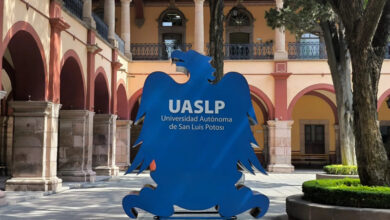
Content
In other words, a person feels that they need to drink to function. When the individual is not consuming alcohol, they experience intense withdrawal symptoms and cravings that perpetuate repeated substance use. Cirrhosis of the liver
Our liver filters out harmful substances, cleans our blood, stores energy and aids in digestion. Too much alcohol can be toxic to liver cells, causing dehydration and permanent scarring—which ultimately affects the blood flow. With excessive alcohol consumption, this important organ can’t metabolize Vitamin D, which could develop into a deficiency. Some common signs and symptoms of cirrhosis include fatigue, itchy skin, weight loss, nausea, yellow eyes and skin, abdominal pain and swelling or bruising.
Why do I drink so much?
One model proposes that negative emotions (e.g., anxiety or depression), the expectation that alcohol will relieve these feelings, and coping styles characterized by avoiding rather than confronting life issues all may increase a person's motivation to drink in order to cope with stress.
Some people are good at hiding their drinking or lying about the extent of their drinking. At this stage, a person starts to see the negative consequences of drinking as it begins to affect their performance at school or work, and their relationships. Because everyone is unique, no two people will develop AUD in the same way. Particular triggers, causes, and timelines for the development of alcohol addiction will vary from person to person. Despite this, as AUD progresses, there are certain patterns, symptoms, and behaviors to look out for that suggest a person may be heading down the negative road toward severe AUD. Delirium tremens sometimes occur if you stop drinking during this stage.
Stage 4: Late Stage AUD
In this stage, alcohol abuse is not an immediately noticeable problem. During this stage, a person will usually drink at social events, but would slowly begin incorporating alcohol into their daily routine. As binge drinking progresses and becomes more common, the person will view 5 Tips to Consider When Choosing a Sober Living House alcohol as a remedy for stress or negative emotions. This is when the person develops a tolerance to alcohol, and the addiction begins to take shape. The drinker will reach a point where they can drink alarming amounts of alcohol without immediately feeling its side effects.
Medical treatment may be necessary to detoxify the body of alcohol and to obtain a fresh start. Since many people with alcoholism endure psychological problems, individual or group therapy may help in overcoming addiction. You may become more depressed, more anxious, or start losing sleep.
Stage 3: The Late Stage
Start by meeting with your primary care physician to discuss different treatment options and local facilities that can kickstart your recovery. AUD can, and often does, result in serious physical and emotional consequences. Rather than allowing alcohol to become the most important thing in your life, recognize that there is a surplus of treatment resources available to kickstart recovery. No substance can compare to the love experienced through strong family and other relationships as well as the beauty experienced through mindfulness of the present moment. This stage includes individuals who drink regularly and may start to experience consequences because of their drinking habits. It is a transitional stage that highlights the instigation of substance misuse rather than just substance use.
It is a buffer for social situations, a reason for a catch-up with an old friend, and the center of celebrations, such as birthdays. What may start as a casual drinking habit can slowly advance into alcohol addiction, also known as an alcohol use disorder and alcoholism. During the first stage of alcoholism, the person is experimenting with alcohol. They may be drinking to feel better about themselves or to dull physical or emotional pain.
Substance Abuse
This can mean drinking more frequently, as well as drinking larger quantities of alcohol. Binge drinking, which involves having multiple drinks within a small window, is a common initial sign of a drinking problem. Each stage has its own signs and symptoms to look out for; both mild to severe.
This new phase of research laid the groundwork for how we understand alcohol addiction today. If you can identify with one or two stages, please understand that alcoholism is a progressive disease. People rarely spend an indefinite time in the early stages of alcoholism; it almost always progresses eventually. If you have any questions about our services, alcohol addiction treatment options, insurance, or anything else, don’t hesitate to give us a call at RECOVERY.











